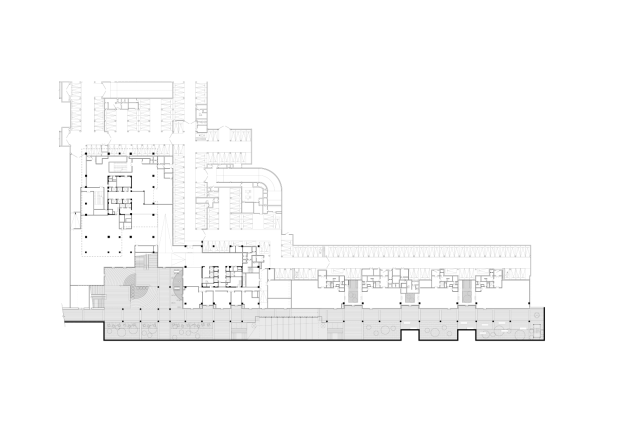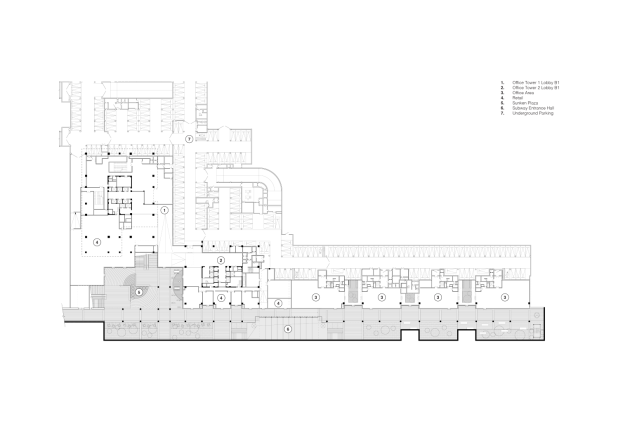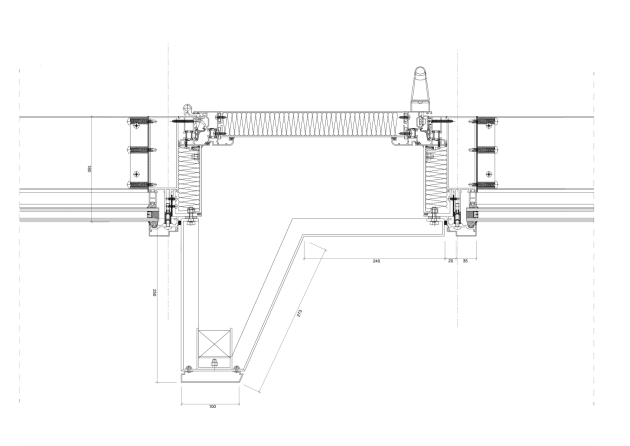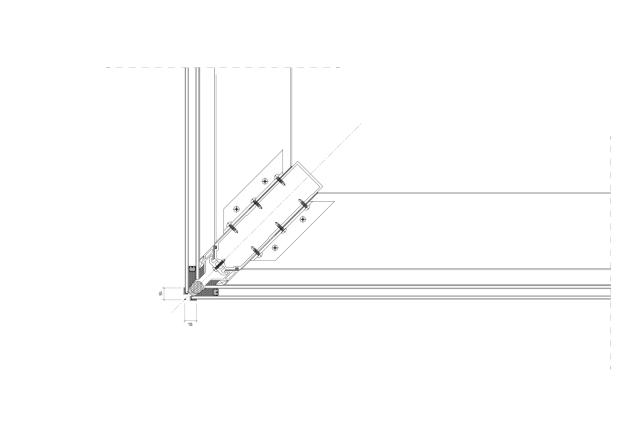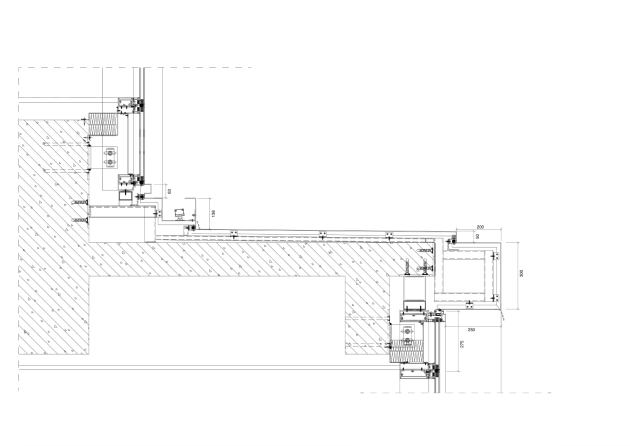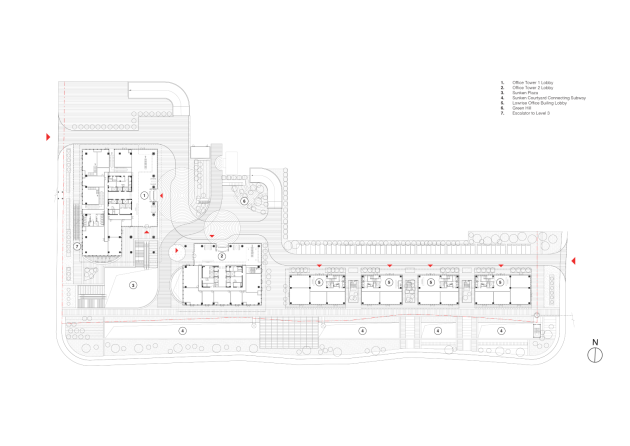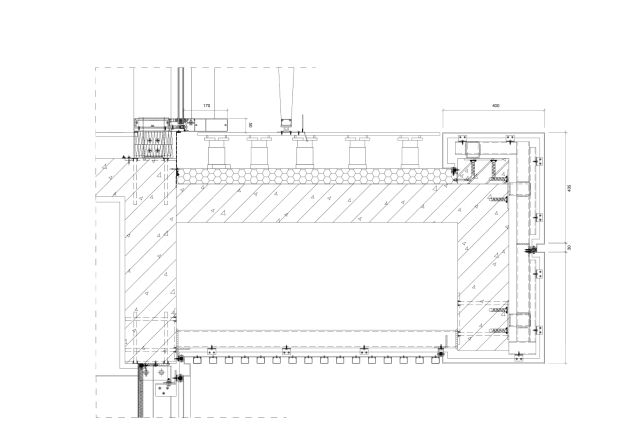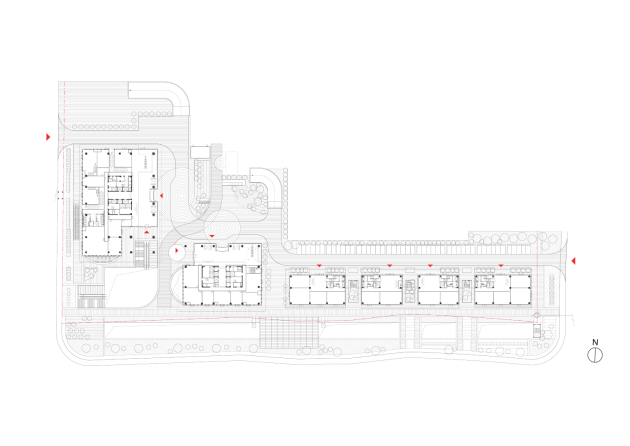project: Sky City TOD
Architects: Architecture installation
Site: Yuhang District, Hangzhou, China
region: 775,001 sf (architecture), 1,668,406 sf (master plan)
year: 2022
photos by: CreateAR Pictures, WANBAN VISION
Sky City TOD by Superimpose Architecture
Superimpose Architecture completes the mixed-use Sky City TOD Center with a unique access and green setting in Hangzhou, China. Transit-oriented development (TOD) is an urban pattern on the rise, particularly in China.
The most distinctive feature of TOD is that during the project planning phase, one or more high-end public transit stations are integrated into mixed-use developments by implementing efficient pedestrian or bicycle routes. The square kilometer Uni-City – designed by SOM – is located in Hangzhou’s “Silicon Valley” which is in close proximity to huge Chinese e-commerce companies such as Alibaba and Tencent.
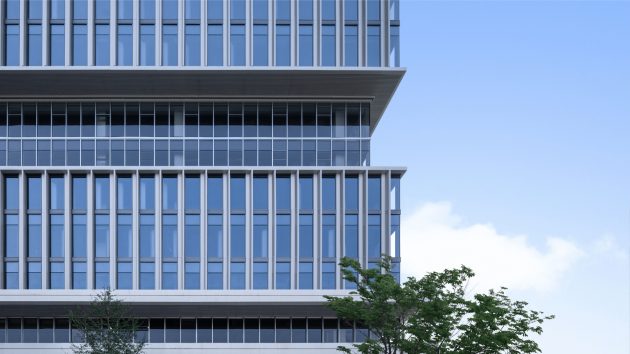
Within this master plan, Superimpose Architecture designed “Sky City” by Vanke Hangzhou and Hangzhou Subway Group. Sky City is a project of 72,000 square meters with 2 office towers, 4 office villas and shops, next to a new subway station. TOD will become the main communication and transportation hub for Uni City. Superimpose Architecture won the invited bid for this project by carefully integrating pedestrian routes and creating a unique and green subway access mode.
The overlay architecture incorporated the government green belt area into the design and created voids in the landscape to get more daylight into the dark basement. In doing so, the design offers commuters a unique, enjoyable, friendly and seamless transition from metro access to urban development.
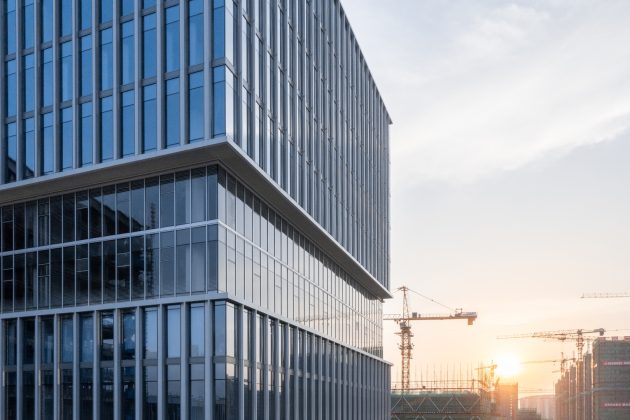
The design is defined by the concept of “The Valley” for the podium levels and “The Cloud” for the upper floors. The “canyon” is supposed to relate to the human scale and naturally combine green and water. The valley is defined architecturally by moving slabs that provide terraces or awnings for the lower floors. Strategically placed stairs and escalators connect the lower floors, upper floors, and eventually to the pedestrian bridge on level 3, which connects to the adjacent cultural site.
For the upper “cloud” levels, Superimpose Architecture chose to have a more subdued interface approach. The appearance is defined by the repetition of the vertical elements. These aluminum “fins” are perforated and allow for a stealth ventilation concept. The tower block is divided into two parts by a large glass box, to further divide the block and create two levels of ‘private tenants’ for tenants who need a showroom, more open space, or want to do something different with the interior of other standard office floors.
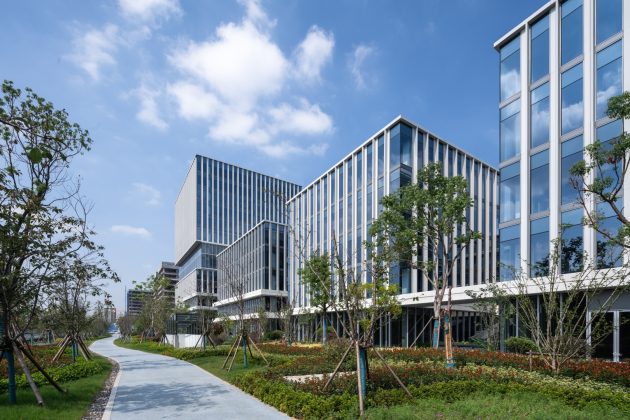
Now, the Sky City TOD has been officially completed in line with the new urban life. It uses diversified modules and elegant appearance to form the coexistence of function and traffic, harmonizes some contrasts between traffic and land use in the urban development process, and provides residents with a new lifestyle and more opportunities to interact with the city and nature.
Project description and images provided by Superimpose Architecture

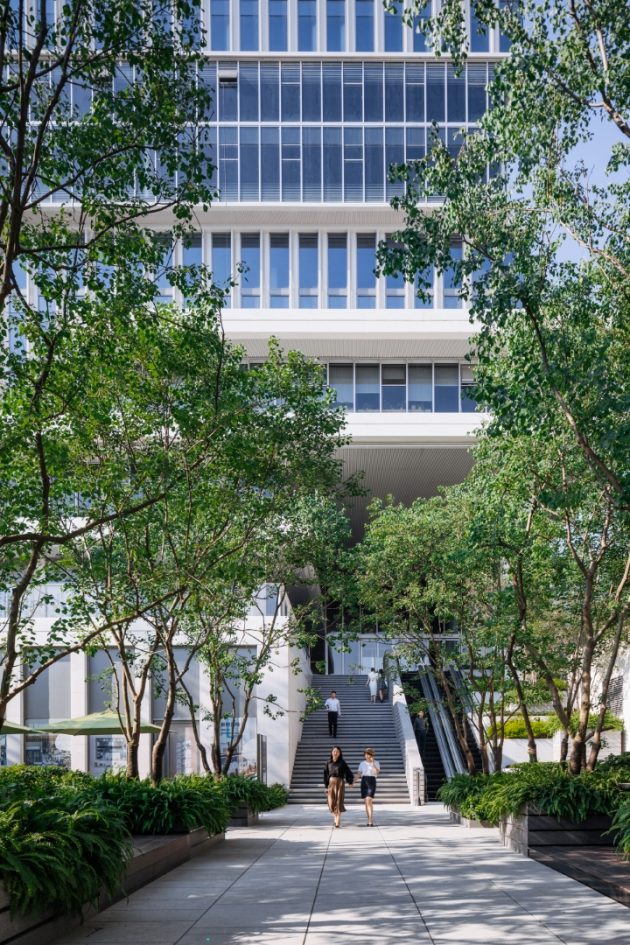
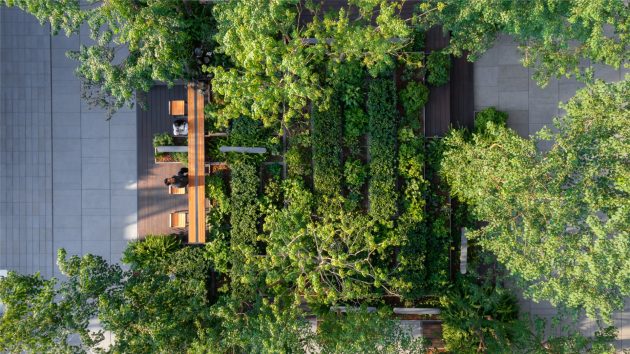
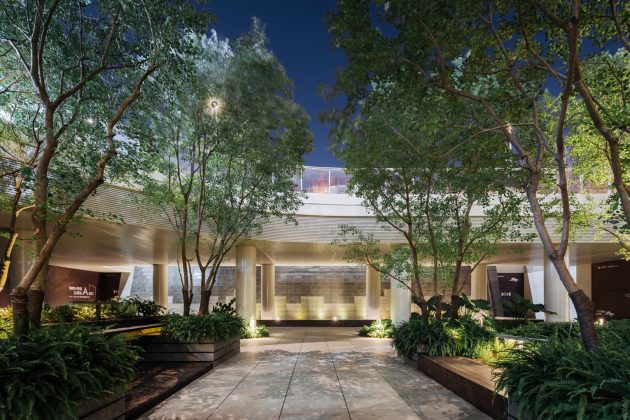

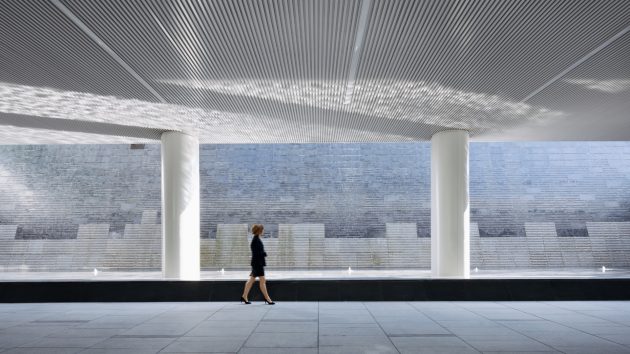
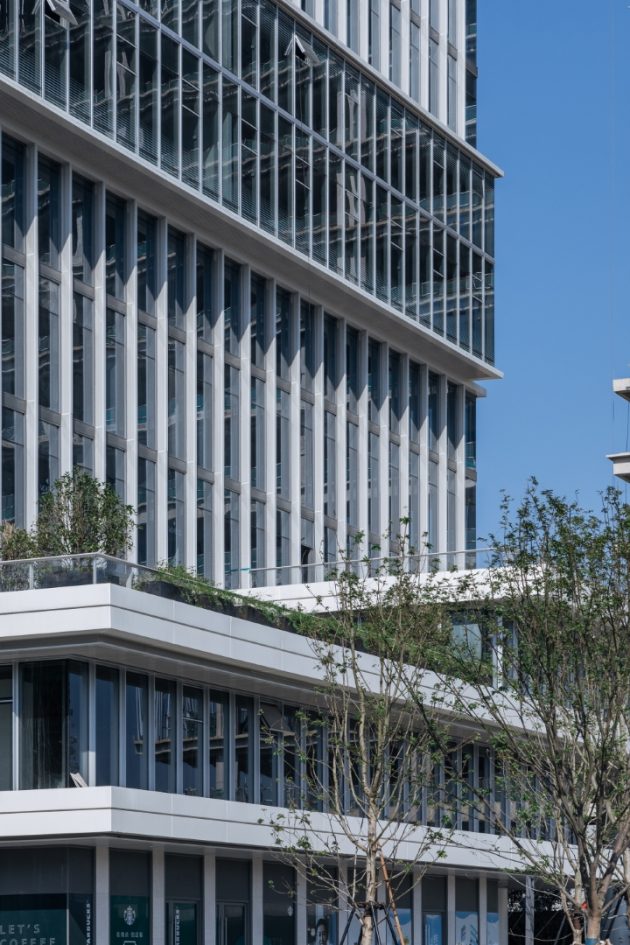
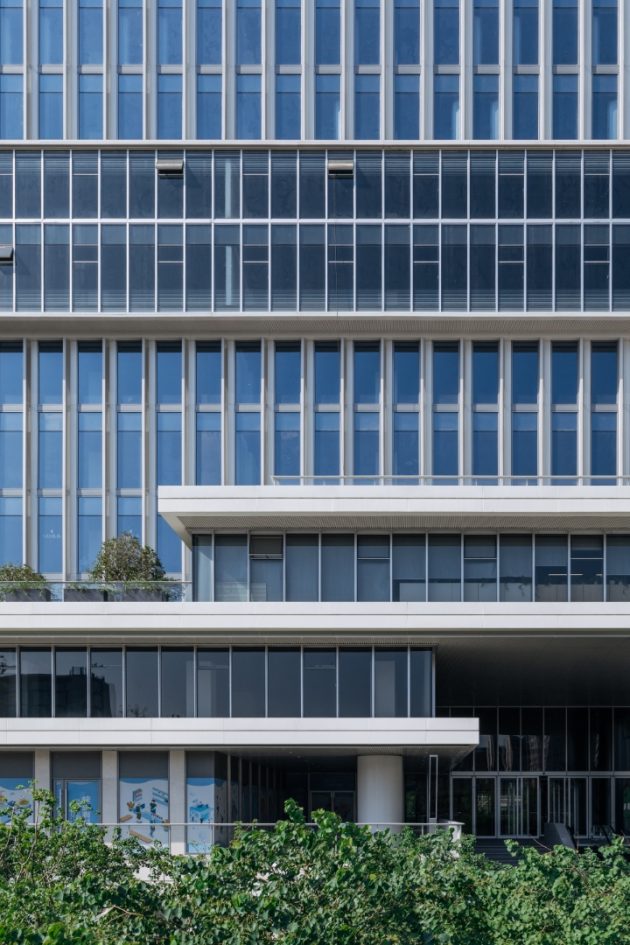
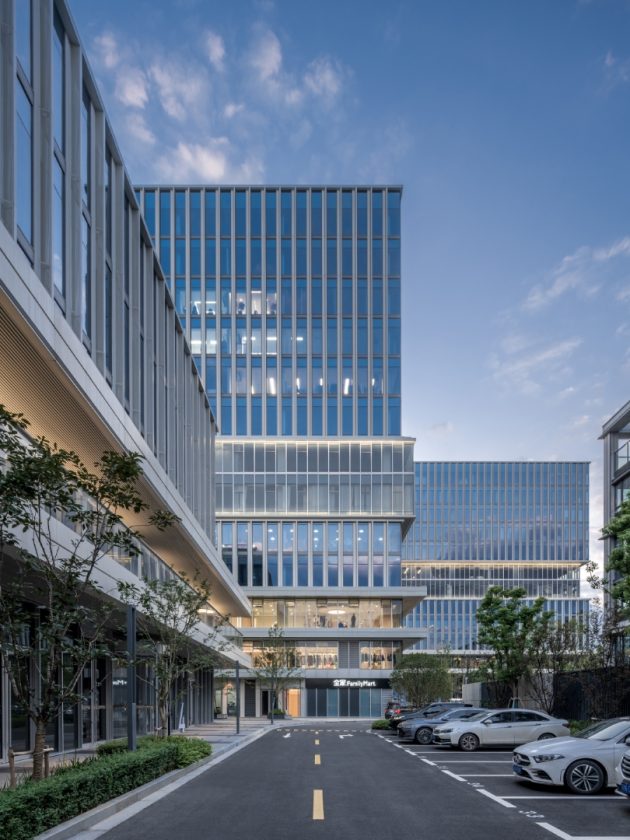
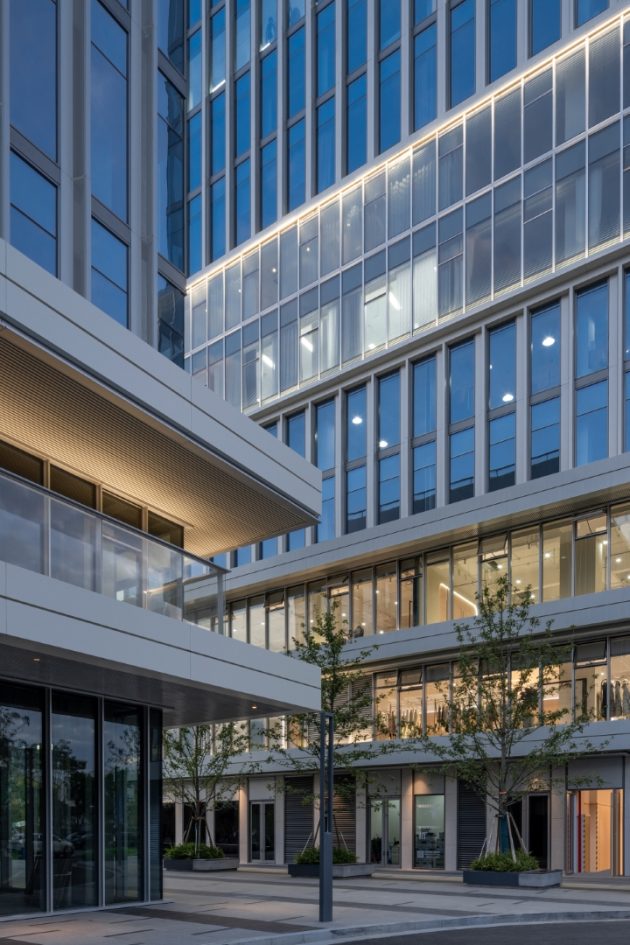
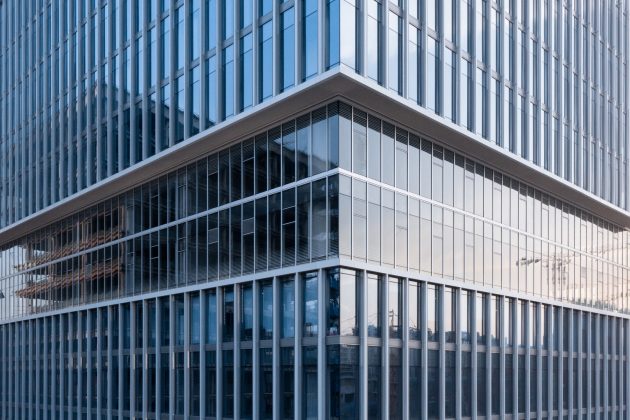

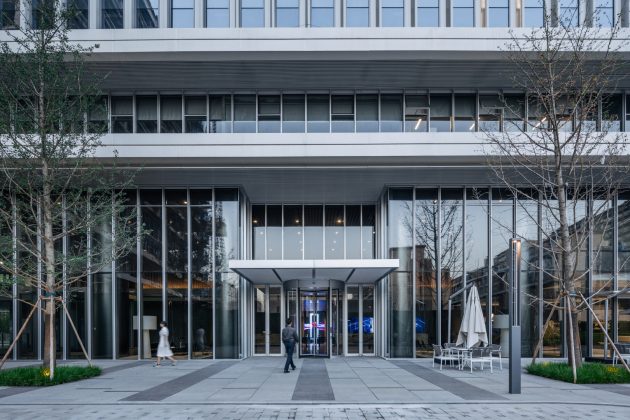
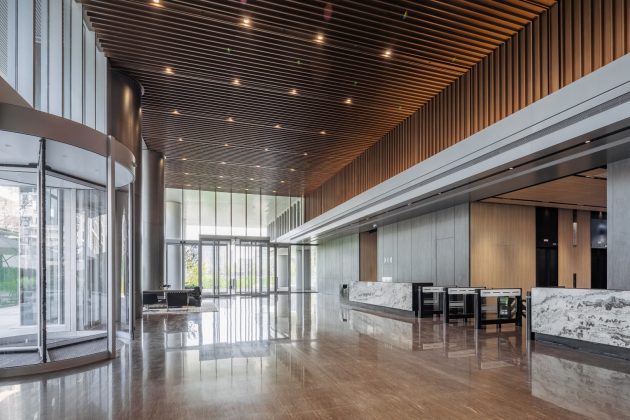
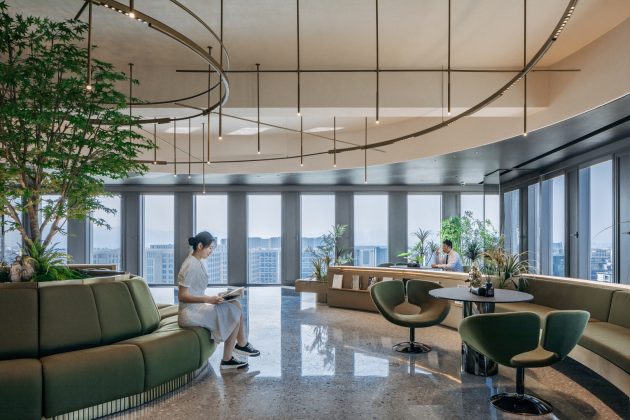
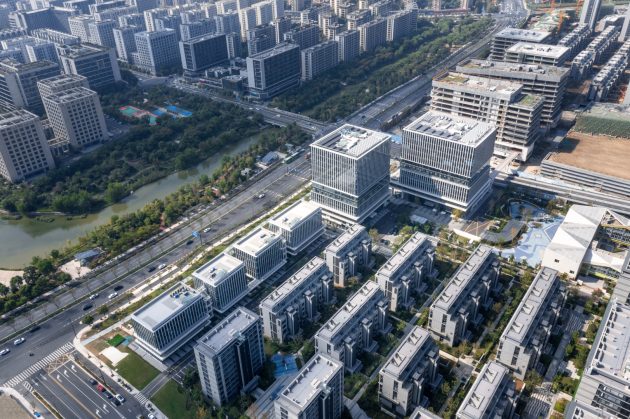
plans
